Poisons Dark Works in
Renaissance England
Poisons Dark Works in
Renaissance England
Miranda Wilson
Published by Bucknell University Press
Copublished with Rowman & Littlefield
4501 Forbes Boulevard, Suite 200, Lanham, Maryland 20706
www.rowman.com
10 Thornbury Road, Plymouth PL6 7PP, United Kingdom
Copyright 2014 by Miranda Wilson
All rights reserved. No part of this book may be reproduced in any form or by any electronic or mechanical means, including information storage and retrieval systems, without written permission from the publisher, except by a reviewer who may quote passages in a review.
British Library Cataloguing in Publication Information Available
Library of Congress Cataloging-in-Publication Data
Wilson, Miranda, 1968
Poisons Dark Works in Renaissance England / Miranda WIlson.
pages cm.
Includes bibliographical references and index.
ISBN 978-1-61148-538-7 (cloth : alk. paper) ISBN 978-1-61148-539-4 (electronic)
1. English literatureEarly modern, 15001700History and criticism. 2. Poisons in literature. 3. Poisoning in literature 4. Murder in literature. I. Title.
PR418.P64W55 2014
820.9'3561dc23
2013036053
 TM The paper used in this publication meets the minimum requirements of American National Standard for Information Sciences Permanence of Paper for Printed Library Materials, ANSI/NISO Z39.48-1992.
TM The paper used in this publication meets the minimum requirements of American National Standard for Information Sciences Permanence of Paper for Printed Library Materials, ANSI/NISO Z39.48-1992.
Printed in the United States of America
To my husband, Tim Spaulding, and my children, Ellison and Cyrus
List of Illustrations
Figures
Figure 0.1 | An Idle Tree that beareth no fruit, neither a bad tree, that bringeth foorth euill fruit, is tolerable, from Anthonie Fletcher, Certaine Very Proper, and Most Profitable Similes (1595). | xl |
Figure 2.1 | From Samuel Rowlands, Sir Thomas Overbury, or The Poysoned Knights Compalint (1614). | |
Figure 2.2 | Strange Apparitions, or The Ghost of King James (1642). | |
Figure 3.1 | Henry Goodcoles title page to The Adultresses Funerall Day (1635). | |
Figure 3.2 | John Droeshouts title page to Michael Sparks Truth Brought to Light and discouered by Time (1651). | |
Figure 4.1 | From John Phillips, Montelion, 1660, or, The prophetical almanack being a true and exact accompt of all the revolutions that are to happen in the world this present year 1660, till this time twelve-month (1660). | |
Figure 4.2 | A New and Infallible DYAL to Find the True Hour of the Day, when the Sun shines bright," from William Winstanley, The Protestant Almanack (1669). | |
List of Abbreviations
CSPD | . Calendar of State Papers, Domestic Series. Edited by Mary Anne Everett Green. London: Longman, Brown, Green, Longmans, and Roberts, 1858. Her Majestys Public Record Office, London. |
CSPSp | . Calendar of State Papers and Manuscripts, Spain. Edited by Pascual de Gayangos. vol. 4, parts 12. London: Longman, Green, Longmans, and Roberts, 1882. Her Majestys Public Record Office, London. |
CSPVen | . Calendar of State Papers, Venice. 38 vols. Her Majestys Public Record Office, London. |
L&P | . Letters and Papers, Foreign and Domestic, of the Reign of Henry VIII, arranged and catalogued by J. S. Brewer, James Gairdner, and R. H. Brodie. 21 vols. London: Her Majestys Stationery Office, 1887; Vaduz: Reprint Kraus, 1965. |
SR | . TheStatutes of the Realm. vol. 3, part 1. London: Record Commission, 18101828. |
Acknowledgments
The early stages of this project benefited enormously from the enthusiasm and encouragement of Megan Matchinske, Ritchie Kendall, and Darryl Gless, as well as from the attention of my writing group, Jennifer Halloran, Scott Walker, and Rick Incorvati. Later stages of this project profited from the careful attention of my anonymous readers, to whom I am deeply grateful, and the careful eye of my copy editor, Sam Brawand. My research was funded by grants from the English Department at the University of North CarolinaChapel Hill and from the University of Delaware General University Research Program. Other forms of assistance, both financial and otherwise, came from the University of Delawares English department and from the College of Arts and Sciences. I have also been fortunate in having the support of a series of exceptional chairs. Stephen Bernhardt, Matthew Kinservik, Iain Crawford, and John Ernest always offered an open door, a ready ear, and sound advice. My thanks also to Nina Warren and Donna West who helped me navigate many a difficult terrain.
I have always been blessed with generous and insightful colleagues. At the University of Texas, Arlington, I am grateful for the friendship of Kevin Gustafson, Peggy Kulesz, Laurin Porter, Ken Roemer, Jackie Stodnick, and especially Desiree Henderson. At the University of Delaware, I wish to thank the English Department as a whole, but in particular Julian Yates, Jim Dean, Ed Larkin, Peter Feng, Heidi Kaufman, Deb Alvarez, Heyward Brock, Siobhan Carroll, Joan DelFattore, Jill Flynn, Barbara Gates, Susan Goodman, Carol Henderson, Melissa Ianetta, McKay Jenkins, Kevin Kerrane, Stephanie Kerschbaum, Tom Leitch, Jeannie Pfaelzer, Kristen Poole, Mary Richards, Jeanne Walker, Kelli Shermeyer, Kyle Vitale, Elizabeth Downs, and all the wonderful students who have shared with me their thoughts on Renaissance literature and culture over the years. To two colleagues, I owe a special debt of gratitude. Lois Potter, with her curiosity, wit, and generosity of spirit, has been a source of inspiration and a true friend. Don Mell showed extraordinary patience, serenity, and kindness through a long, dramatic process. He always offered the right advice at the right time. I am fortunate to count him as a friend and mentor.
This book would never have been possible without the staunch support of those closest to me. For their friendship spanning many years, I thank Alice Ba, Emily Davis, Michelle Miller, and Brian Carpenter. Jacqueline Vanhoutte and Alexander Pettit deserve special mention for their fierce devotion and clear vision. For their many kindnesses, I thank Jean Gibbons, Martha Larson, Nadine Heidinger, Marty Byman, Peggy Samson, Dan Byman, Vikki Wachino, David Byman, Pam Spaulding, and Kate Kassou. My mother, Marianna Byman, continually reminded me what really mattered, while my father, Walter Wilson, wisely taught me to beware of hobgoblins. Seymour Byman, despite his best efforts, never could hide his pure heart. Nancy Henrys unfailing optimism kept our household buoyed through many a dark moment. And my deepest thanks to Nathaniel Wilson and Amelia Wilson, as well as Ellison, Cyrus, Olga, and Una, for their commitment to the house words, loyalty in buffoonery. Finally, I owe so much to my husband, Tim Spaulding, for his steadfast support, his many sacrifices, and his unfailing ability to see the other side of things.
Next page
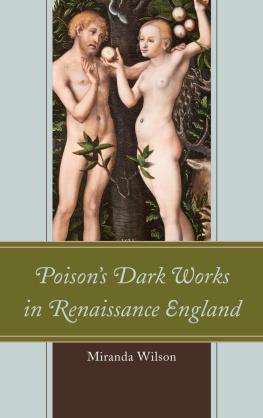
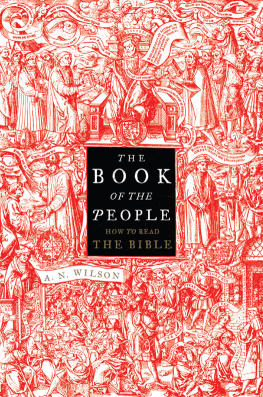
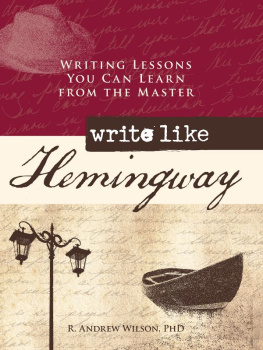
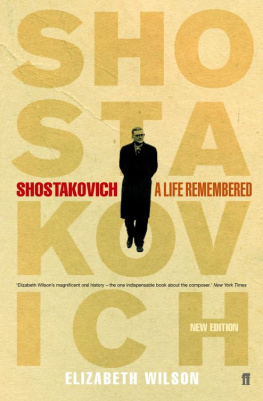
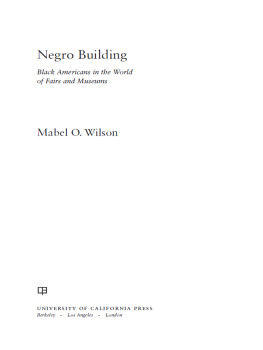
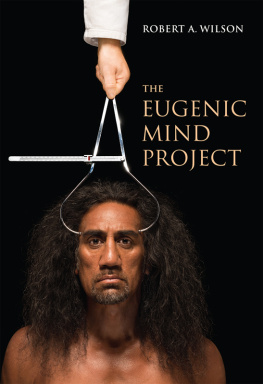
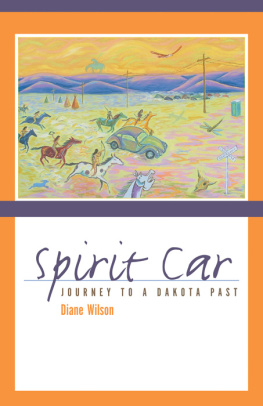

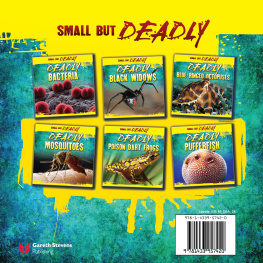

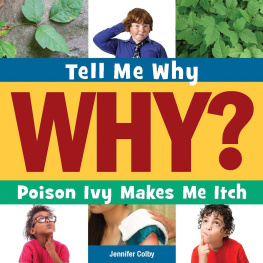


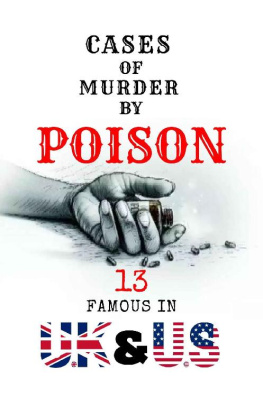
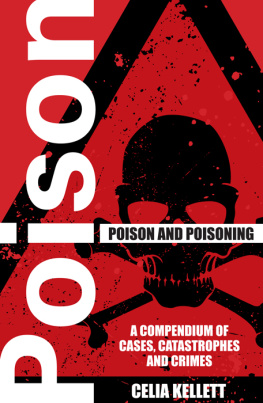

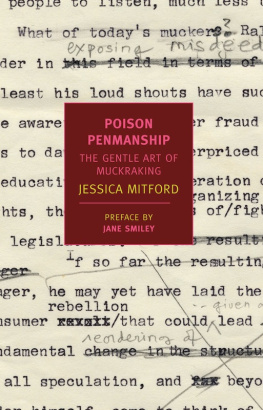
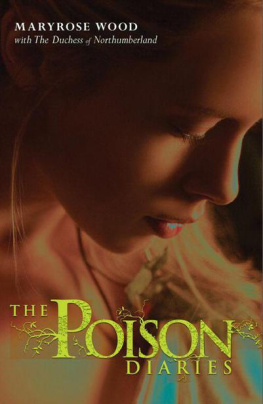
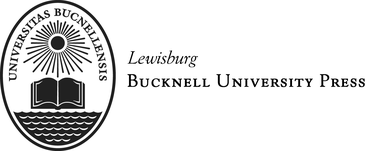
 TM The paper used in this publication meets the minimum requirements of American National Standard for Information Sciences Permanence of Paper for Printed Library Materials, ANSI/NISO Z39.48-1992.
TM The paper used in this publication meets the minimum requirements of American National Standard for Information Sciences Permanence of Paper for Printed Library Materials, ANSI/NISO Z39.48-1992.